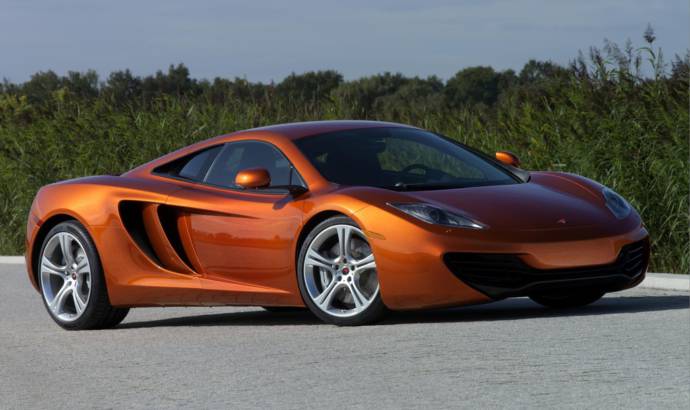Even if its racing pedigree last since decades ago, McLaren Automotive has just celebrated the fifth anniversary of the first car rolling off the production line. And it was with a record-breaking year.
Operating profits increased to £23.5M – the company’s third successive year of profitability – from revenues of £450.6M, with revenue projected to increase by 50% over the next two years and double by the end of 2022.
2015 also marked the fifth successive year of increasing global car sales to 1,654 cars, supported by the launch of no less than five new models.
With a total of five new cars launched, and the unveiling of the Sports Series, Super Series and Ultimate Series product families, 2015 was a year of growth for McLaren Automotive. It was also a transition year with the final McLaren P1 produced at the same time as the start of production of the new Sports Series models.
Employment at McLaren Automotive also kept pace with sales developments with a total of 1,492 people employed at the end of 2015, an increase of 16% on the 1,283 working at the end of the previous year. The 1,492 headcount increased again substantially to about 1,750 in the early months of 2016 with the introduction of a second shift at the McLaren Production Centre and a further 250 new roles being created in the Production, Quality and Logistics departments. The second shift started in February 2016 with the new roles adding approximately 40 percent to the existing headcount in the Production Centre, and will take production rates from the previous 10 cars per day up to 20 cars per day by mid-2016.
Over the next six-years an investment of £1 billion and will lead to the launch of 15 all-new cars or derivatives. Of these cars, at least 50 percent will feature hybrid technology by the end of the Business Plan period and the company is also in the early prototype stages of the development of a fully-electric powertrain to evaluate its possible use in a future generation of an Ultimate Series car.



